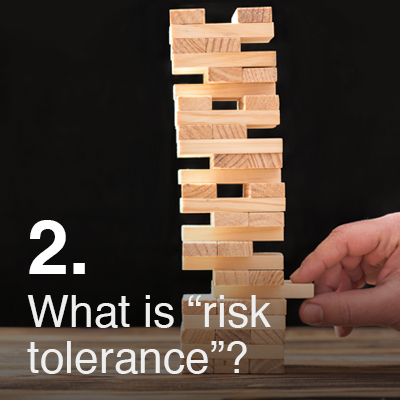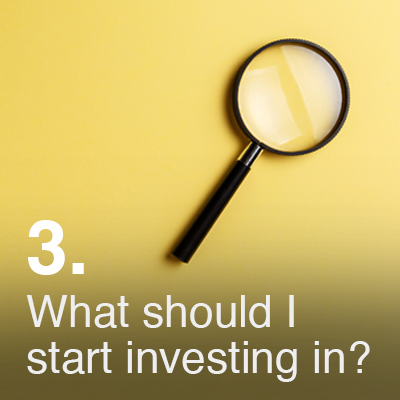
Not as much as you think! You don’t have to dip into your emergency funds or sell off family heirlooms to scrape together a large sum of money to start investing. For example, if you invest in mutual funds, you can do so with as little as $1,000 and you even have the expertise of a professional manager to manage the funds for you.

Do your hands sweat at the thought of losing money, or does the word “risk” thrill you? Basically, risk tolerance is how much risk you are willing to take. In other words, how much money are you prepared to lose? Understanding your risk tolerance is key; if you are a conservative investor who takes on too much risk, you may end up panicking and selling your shares at the wrong time.

A wide range of products are available on the market and the ideal mix of investment products will vary from person to person, depending on risk tolerance and financial objectives. To know what’s what, start by understanding the basic products

How many times have you been told not to put all your eggs in one basket? This proverb is especially true when it comes to investing. Imagine you only invest in ride-hailing companies. If the drivers decide to go on strike indefinitely, the shares in that sector will suffer — and the value of your portfolio will drop significantly.
A diversified portfolio (can reduce the risk by spreading your investment across different industry sectors and geographies. If you don’t know how to diversify, speak with your investment adviser to find out which other products suit your investment style.

According to the same study, the top three sources of financial advice include friends/family, websites of financial institutions/banks, and financial planners/advisers. Regardless of who you choose, make sure that the person or organisation has a good track record. It’s your money after all.


















